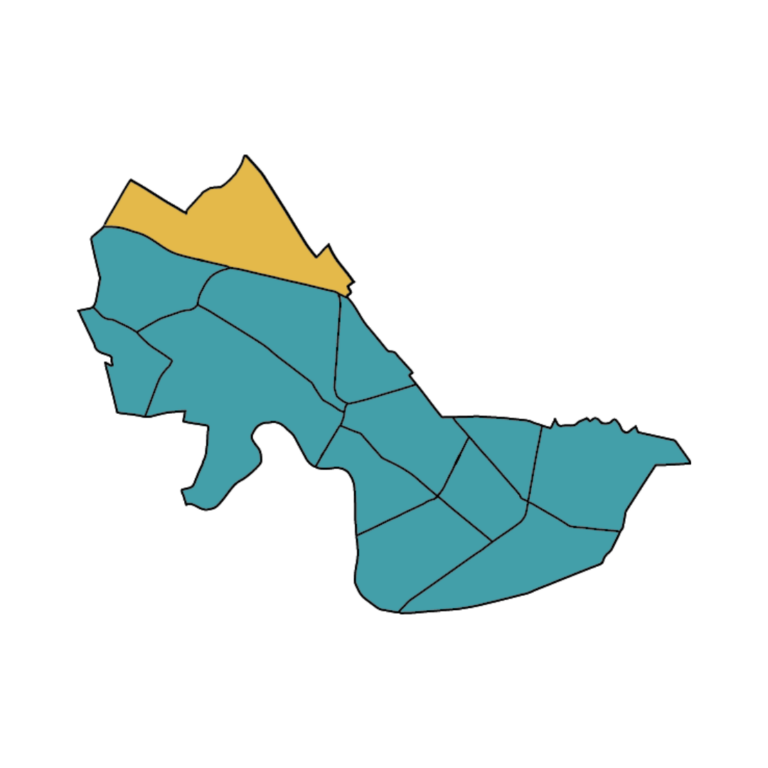
North Cambridge History Hub
2024 is our year of North Cambridge
See what events we’ve got planned!
In this Hub
- A Brief History of North Cambridge
- Photo Gallery
- History Cambridge Articles
- History Cambridge Resources
- Cambridge Historical Commission Resources
- Books
- Maps
- North Cambridge-Based Partner Organizations
A Brief History of North Cambridge
At the end of the last ice age – some 10,000-12,000 years ago — the area we now know as North Cambridge was under about a mile of ice. As the glaciers advanced, they ground the rock into sand and gravel and as they retreated, they left behind hills— Observatory Hill, Strawberry Hill, Avon Hill; large accumulations of rock; and vast deposits of clay. The Alewife region was the Great Swamp. Garden Street was the Great Swamp Way. These marshes acted as a giant sponge for seven square miles that included Belmont, Arlington, and Cambridge. The Massachusett People and other local Indigenous groups used the marshes for fishing and foraging.
When the colonists descended, starting in 1630, they tried to farm this area but the marshland was high in salt content, which meant that the surrounding soil did not produce very well. When they found the clay, the colonists used it for small-scale building and pottery. Two-hundred years later, in the mid-1840s, when the industrial revolution was in full-swing, there was a huge demand in New England for non-flammable building material. The problem with wood construction is that coal fires tend to burn it down. So, New Englanders turned to brick to build their factories, mills, workers housing, and new buildings for the Harvard campus.
In 1858, around 187,000 bricks were produced each day in North Cambridge. That’s a grand total of roughly 24 million bricks in one season! An average size house (around 1,200 square feet) would require somewhere around 8-9,000 bricks. That means the bricks in North Cambridge could have been used to build over 2 ½ thousand homes each and every year. Initially, a lot of small companies enjoyed success but, by World War I, most of the smaller brick companies had been consolidated into the New England Brick Company (or NEBCO for short).
Who worked in these claypits and brickyards? Certainly there were workers from a wide range of racial and ethnic backgrounds but, as with many industries in Cambridge and beyond, the workforce tended to reflect the dominant immigrant groups of each period. In the 1840s and 1850s, the Irish immigrants arriving because of the potato famine made up the majority of the clay and brick industries. This was largely due to word-of-mouth referrals within the immigrant community — as new arrivals came to Cambridge seeking employment, they were often referred by friends or family members already working at the brickyards. Beginning in the 1870s, the Irish had started to gain a foothold in other local industries, and the new French Canadian arrivals began to fill the empty positions in brickmaking and pottery. This same pattern would repeat itself with Italians, Lithuanians, Poles, and Black Americans, who were migrating out of the South and the West during the Great Migration of the early 20th century.
Over the past century, North Cambridge has seen much of its large-scale industrial production taper off, but its churches, schools, and small businesses have allowed the neighborhood to retain its sense of community and character. Changing demographics and development have affected the area in both positive and negative ways, but residents’ sense of neighborhood identity remains strong.
Photo Gallery
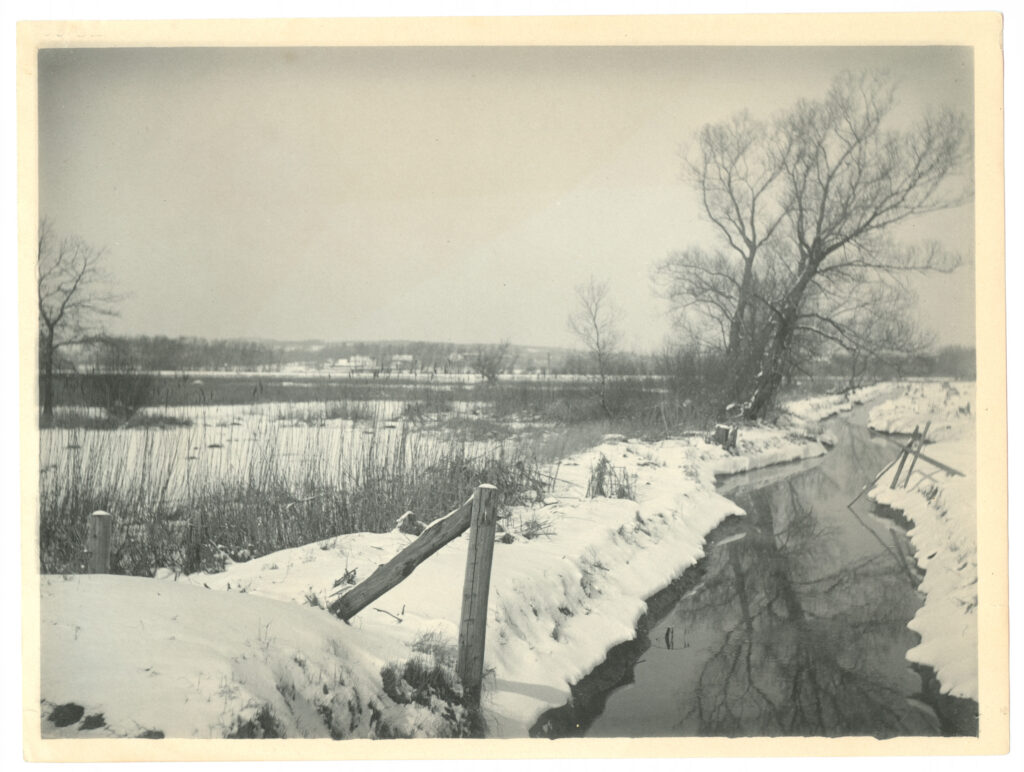
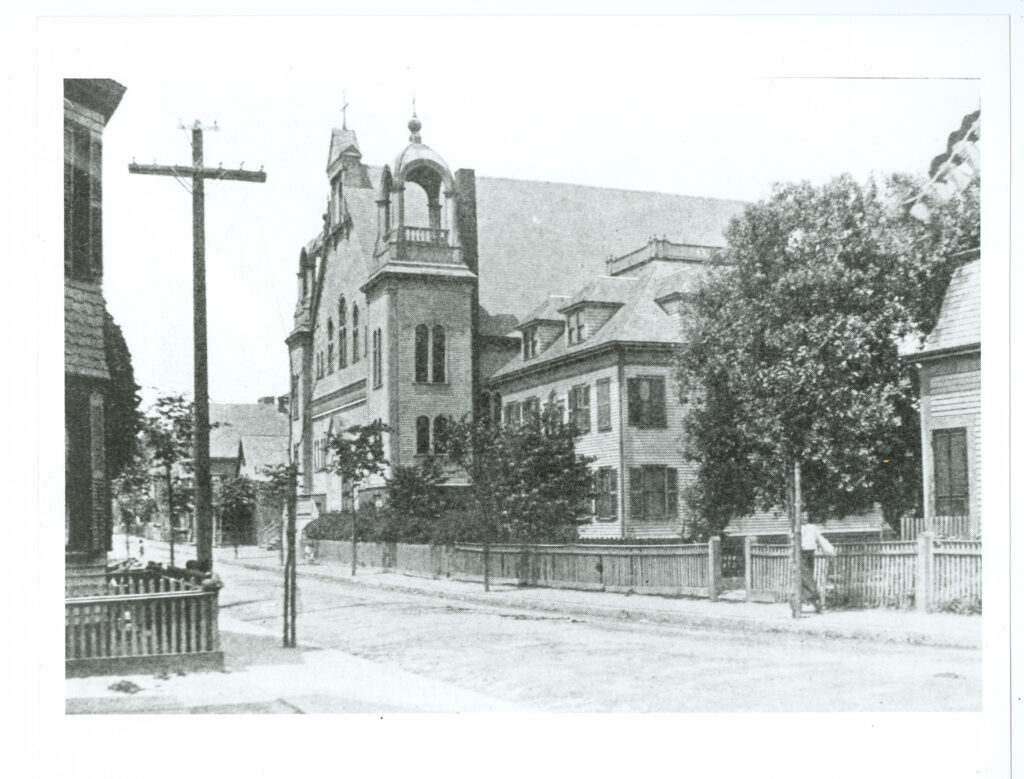
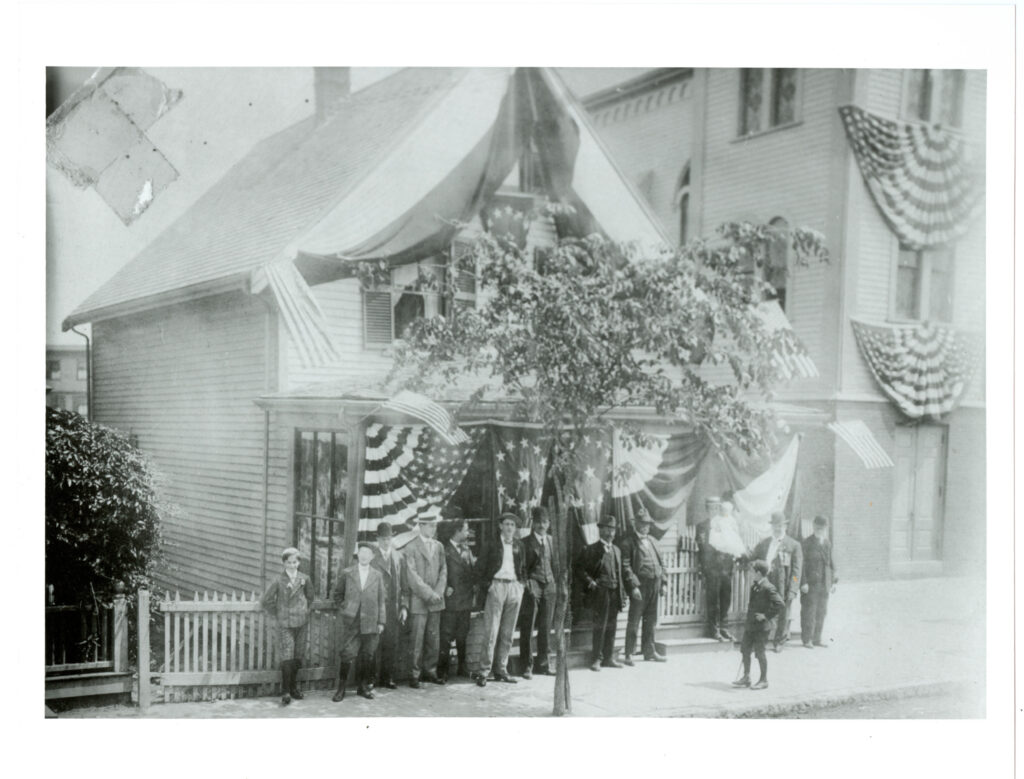
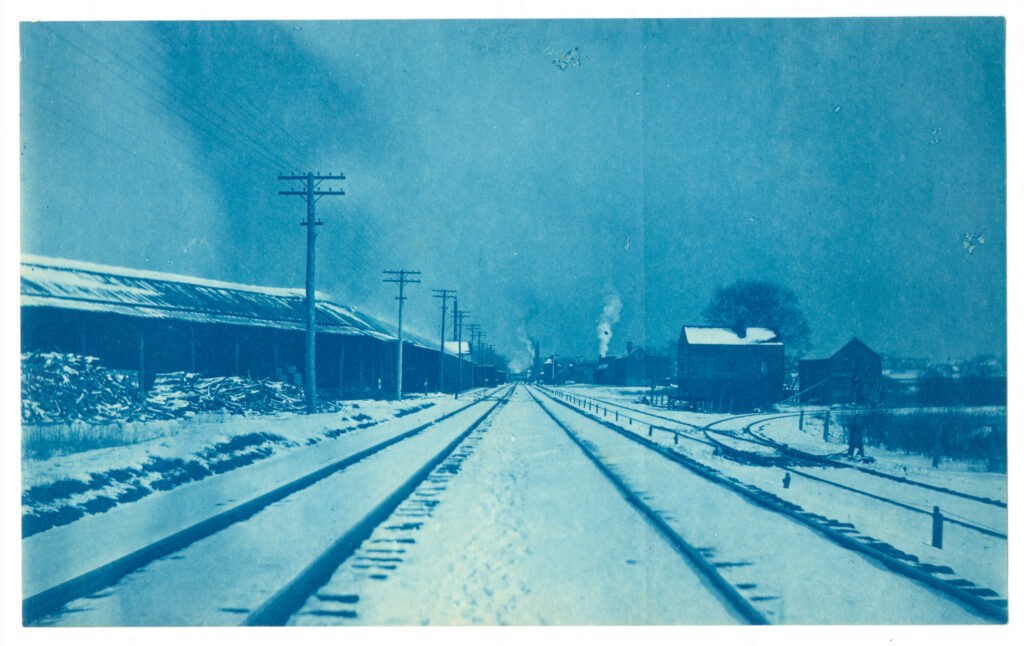
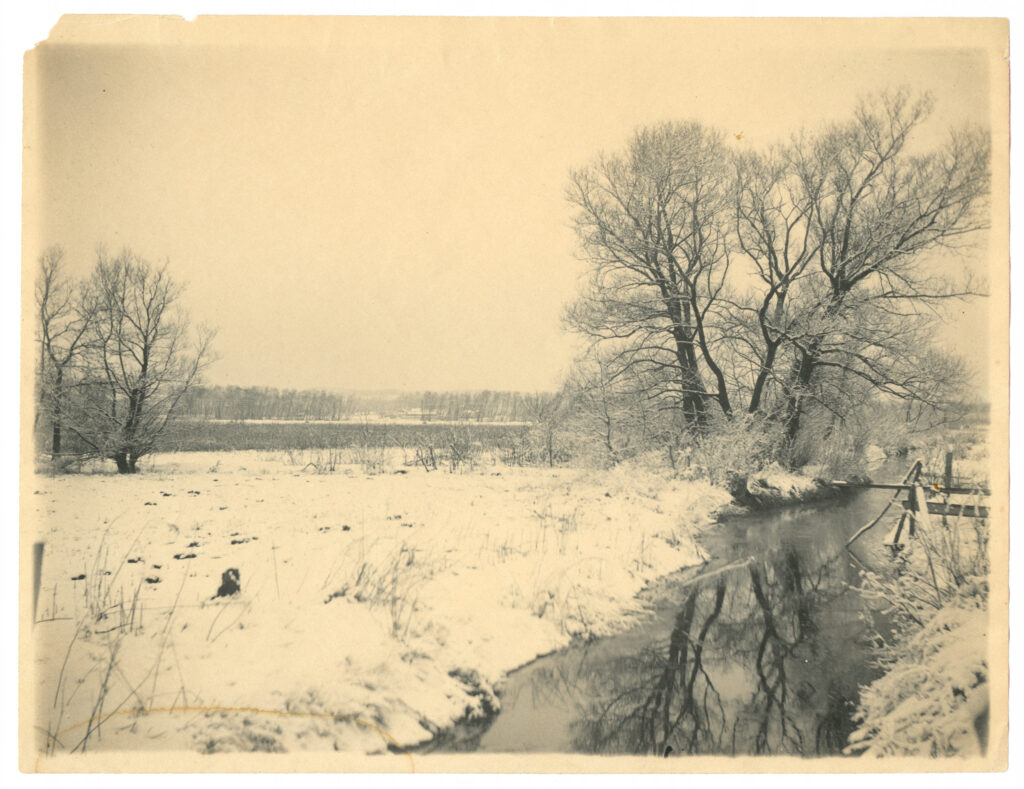
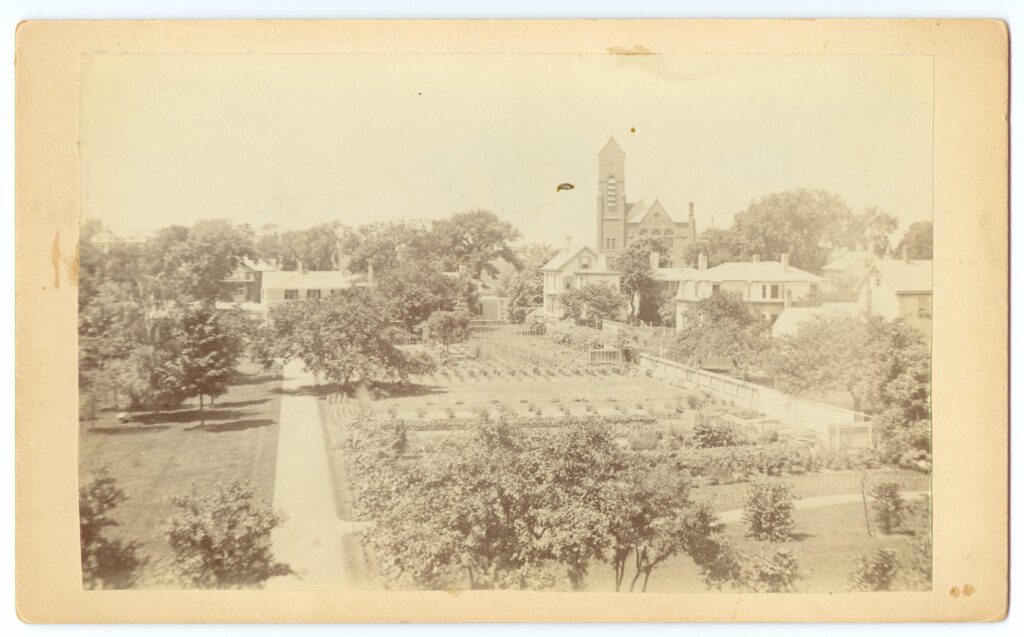
![View from the house belonging to Henry Clay Rand at 1899 Mass. Ave [Massachusetts Avenue] looking toward the avenue ca. 1900](https://historycambridge.org/wp-content/uploads/2023/11/5951141400_95d79c0470_o-1024x784.jpg)
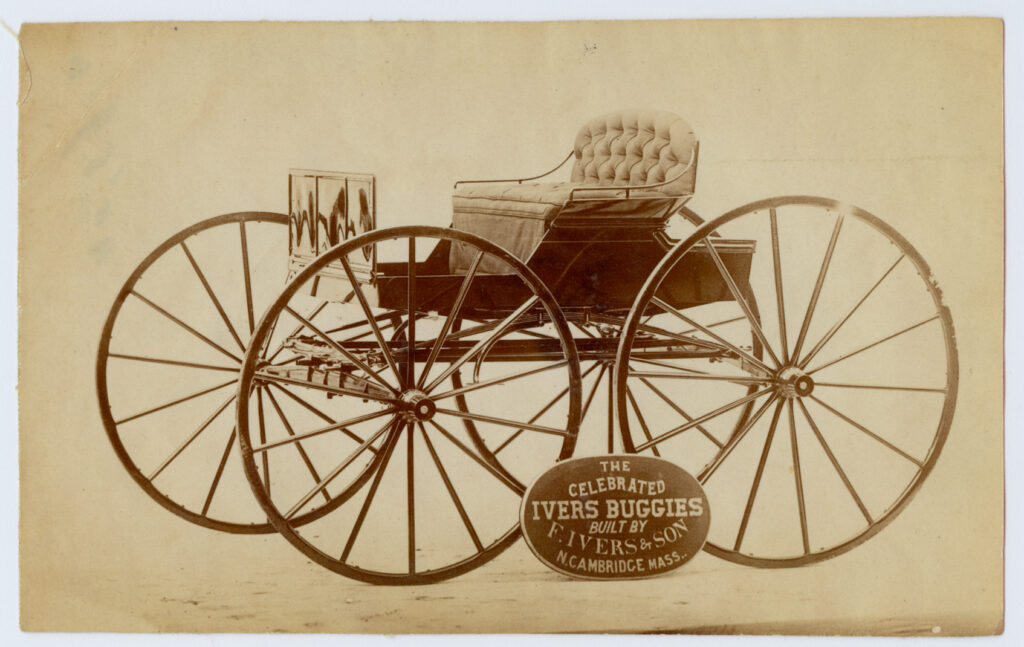

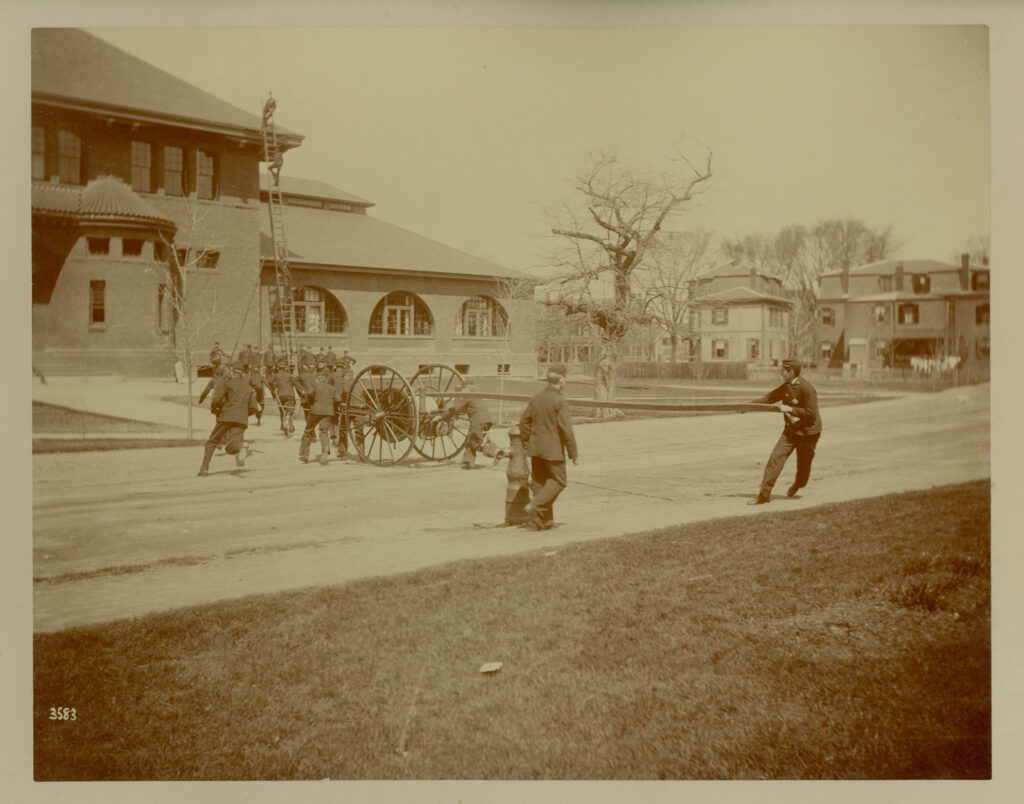
History Cambridge Articles
- Native Americans thrived in the ‘Great Swamp,’ marshy headwaters that we know of as Alewife by Marjorie Hilton
- What is in a name? The origins of Cambridge Public Elementary Schools’ Nomenclature by Talia Franks
- Changing Tides in Cambridge Industry by Beth Folsom
- ‘Changing Tides in Cambridge Industry’ talk will examine wave of labor and immigration by Beth Folsom
- Joyce Chen started with a 250-seat restaurant, went to 350 and only grew her empire from there by Deb Mandel
- Old North Cambridge By Thomas F. O’Malley, 1929
- Savoring the Legacy of Joyce Chen by Stephen Chen
- Setting up a Neighborhood History Center provided a physical connection with the past by Beth Folsom
- The Romance of Brick by G. Burton Long, 1971
- You can pick up delicious fresh produce Thursday at what was the North Cambridge ‘Poverty Plain’ by Beth Folsom
- You can treat your Valentine at one of North Cambridge’s historic businesses by Beth Folsom
- Where’s the border? Debate on North Cambridge illustrates many ways to define a neighborhood by Beth Folsom
- Old North Cambridge by Thomas F. O’Malley, 1929
- Reader inquiry about plaque on Fresh Pond rotary rediscovers Teeven, a North Cambridge war hero by Beth Folsom
- St. John the Evangelist’s embrace of newcomers turned it into a cornerstone of North Cambridge by Beth Folsom
- A new year, and History Cambridge puts focus onto a new neighborhood: North Cambridge by Beth Folsom
History Cambridge Resources
- VIDEO: Only a Common Piece of Clay: Exploring the Legacy of the Brickmaking Industry in North Cambridge
- New England Brick Company (NEBCO) photo collection
- 1986 Neighborhood Trivia Hunt
- History Cambridge’s North Cambridge Post Card Collection
- Self-Guided Tour: Clay, Bricks, Dump, Park: A Tour of North Cambridge
- Self-Guided Tour: Gold Star Memorials in North Cambridge
Cambridge Historical Commission Resources
- Camp Cameron: The Civil War Boot Camp in North Cambridge by Kathleen M. Fox
- Small Business Week: Raspberry Beret by Viv Williams
- A Brief History of The Fresh Pond Hotel by Kathleen M. Fox
- Torn Down Tuesday: Newtowne Club by Meta Partenheimer
- Torn Down Tuesday: The Rand Estate by Meta Partenheimer
- Torn Down Tuesday: Prest-O-Lite by Meta Partenheimer
- National Inventor’s Day: Dewey & Almy Chemical Co. by Kathleen M. Fox
- National Cow Appreciation Day by Kathleen M. Fox
- Smallpox Inoculation – Cambridge Leads the Way by Charles Sullivan
- Historic Building: 299 Concord Avenue by Meta Partenheimer
- Ice Cutting at Jerry’s Pit by Charles Sullivan
- St. Patrick’s Day: The Irish on Dublin Street by Kathleen M. Fox
- The North Cambridge Community Church by Emily Gonzalez
- Trotting Park: Part 1, Part 2, Part 3, Part 4 by Dan Sullivan
- Cambridge Photo Morgue Collection on Digital Commonwealth
- Boston Globe Cambridge Clippings Collection. Finding Aid and Inventory
- Cambridge Engineering Department Collection Finding Aid and Inventory
- Cambridge Ephemera Collection
- Traffic Proposals and Plans Supplement to Traffic Department Collection
- Cambridge Recreation Department Collection
- City of Cambridge Veterans’ Graves Registration Cards Inventory
- Sheila Cook Collection
- Henry Deeks Collection
- Friends of Alewife Reservation (FAR) Website Collection, 1999-2019
- Carleton W. Patriquin Collection Finding Aid and Inventory
- Daniel Shaw Papers
- George “Tubber” White Collection
Books
- Survey of Architectural History in Cambridge: Northwest Cambridge by Cambridge Historical Commission
- In Our Own Words: Stories of North Cambridge, 1900 – 1960, as told to Sarah Boyer by Cambridge Historical Commission
Maps
- City of Cambridge Franklin View Company, 1877
- Map of the city of Cambridge, Middlesex County, Massachusetts by HF Walling, 1854
- North Cambridge, Cambridge Community Development Department, April 2016
- Plan of Cambridge from Survey by John Groves Hales, 1830
- Atlasscope from the Leventhal Map & Education Center at the Boston Public Library
North Cambridge-Based Partner Organizations
- Growing Up in North Cambridge Magazine
- Friends of Jerry’s Pond
- St. John the Evangelist Church
- Spindler Confections
Do you have any lingering questions about North Cambridge?
